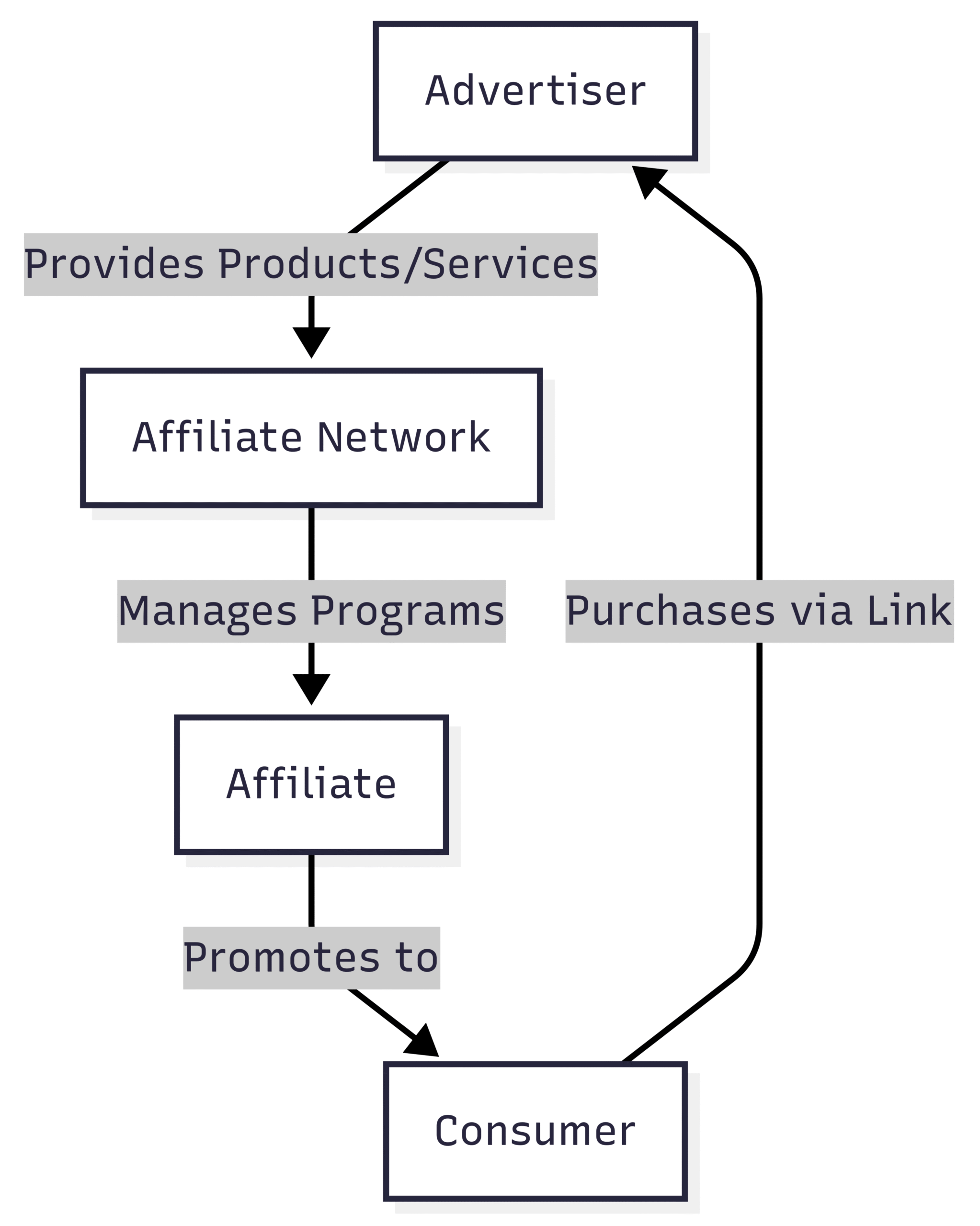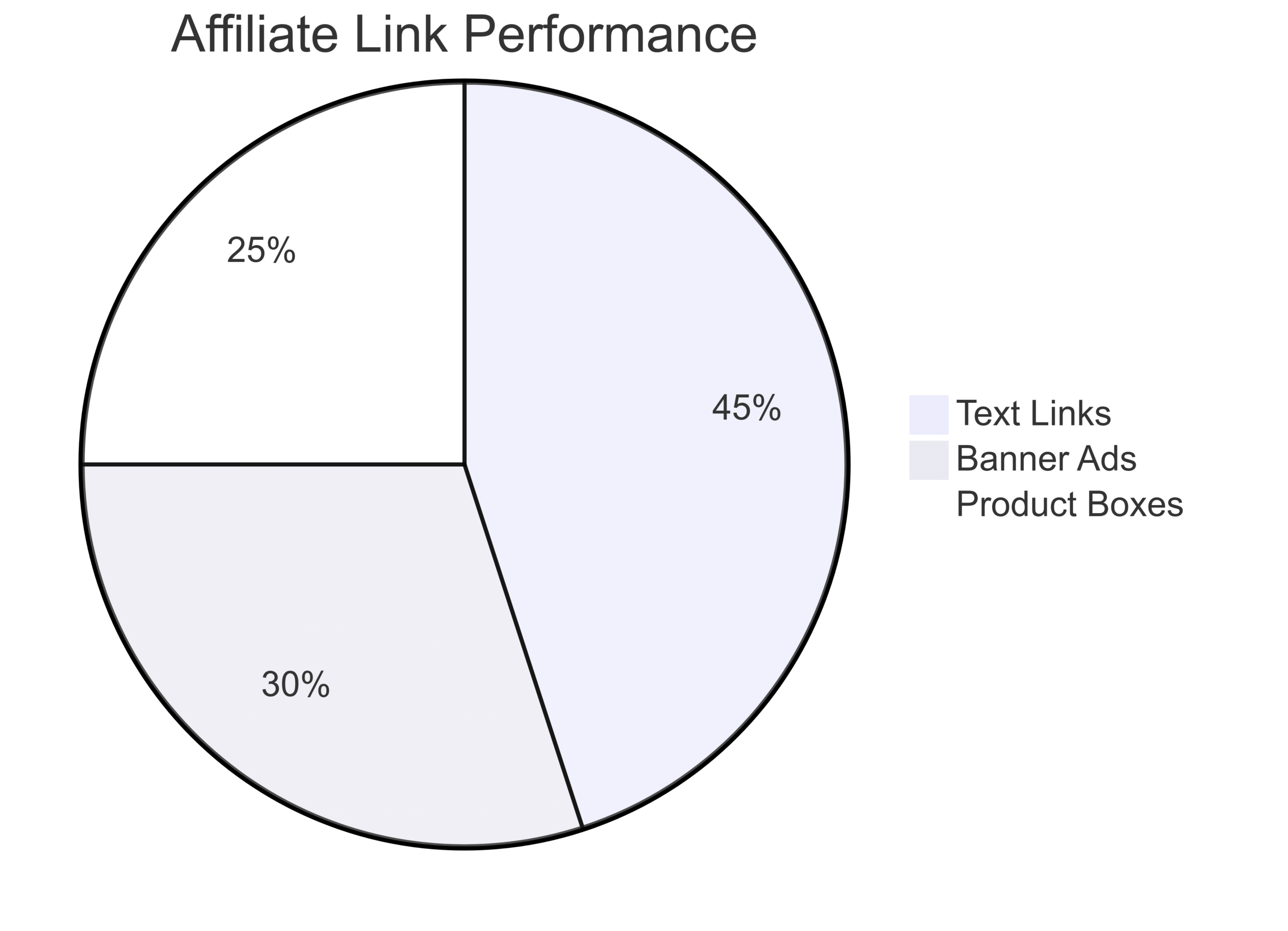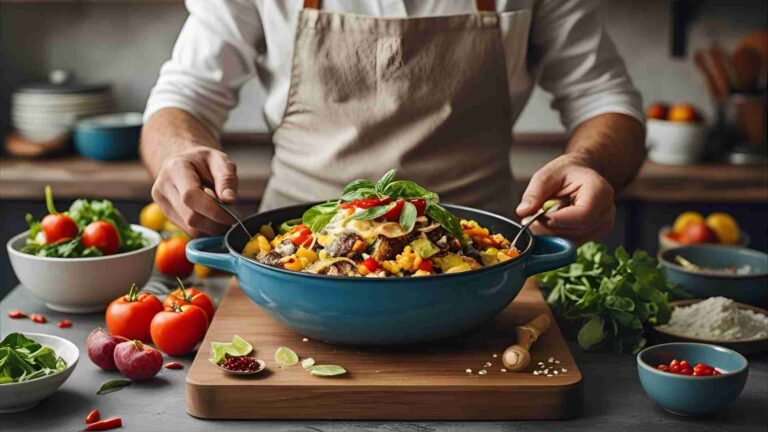10 Dos and Don’ts of Affiliate Marketing
Discover 10 essential dos and don’ts of affiliate marketing for food bloggers to boost income and build trust effectively.
Affiliate marketing offers food bloggers a powerful way to monetize their passion for culinary content creation. By promoting relevant products and services, bloggers can earn commissions while enhancing their audience’s experience. However, success requires strategic planning, transparency, and a commitment to delivering value. This comprehensive guide outlines the 10 essential dos and don’ts of affiliate marketing, tailored specifically for food bloggers, to help you maximize earnings while maintaining trust and authenticity.
Understanding Affiliate Marketing for Food Bloggers
What is Affiliate Marketing?
Affiliate marketing is a performance-based strategy where bloggers earn commissions by promoting products or services from other brands. As a food blogger, you partner with companies to share their offerings—such as kitchen tools, ingredients, or subscription services—through unique tracking links. When a reader clicks your link and completes a desired action, like making a purchase, you earn a percentage of the sale or a fixed commission.
How Does It Work?
The process is straightforward but involves multiple parties:
- Advertisers (Merchants): The companies whose products or services you promote, such as a brand selling high-quality cookware or specialty spices.
- Affiliates (Publishers): You, the food blogger, who integrates affiliate links into your content to drive sales or actions.
- Consumers (End Users): Your audience, who click on your affiliate links and take actions like purchasing or signing up for a service.
- Affiliate Networks (Optional): Platforms like ShareASale or CJ Affiliate that connect you with multiple advertisers, streamlining link management and payments.
When you join an affiliate program or network, you receive unique tracking links or banners. These are embedded in your blog posts, social media, or newsletters. The links use cookies to track clicks and actions, ensuring you get credited for any resulting sales or leads.
Why Affiliate Marketing is Ideal for Food Bloggers
Food bloggers often lack their own products to sell, making affiliate marketing an ideal monetization strategy. Here’s why it works so well:
- Passive Income Potential: Earn commissions repeatedly from well-placed links without creating your own products.
- Audience Trust: Recommending high-quality, relevant products strengthens your credibility and fosters loyalty.
- Content Flexibility: Affiliate products inspire diverse content ideas, from recipe roundups to product reviews.
- Low Risk: Unlike traditional ads, affiliate marketing focuses on performance, meaning you only earn when results are achieved, aligning your efforts with tangible outcomes.
The Affiliate Marketing Model: A Detailed Breakdown
To succeed, understanding the mechanics of affiliate marketing is crucial. Here’s a deeper look at the key components.
Key Parties Involved

- Advertisers: Brands like Sur La Table or Blue Apron that offer products or services aligned with your niche.
- Affiliates: You, creating content to promote these products through blog posts, social media, or newsletters.
- Consumers: Your readers, who trust your recommendations and act on them.
- Affiliate Networks: Platforms that aggregate multiple programs, offering tools like link generators and analytics dashboards.
Types of Affiliate Promotions
Food bloggers can use various formats to integrate affiliate links:
- Text Links: Embedded within blog posts, such as linking to a stand mixer in a recipe for sourdough bread.
- Banner Ads: Visual ads placed in sidebars or within posts, promoting items like meal kits.
- Product Boxes: Highlighted widgets showcasing products, often with images and descriptions.
- Social Media Posts: Instagram or Pinterest posts with affiliate links in captions or bios.
Payment Models
Affiliate programs offer different compensation structures:
| Payment Model | Description | Best For |
|---|---|---|
| Cost Per Mille (CPM) | Paid per thousand ad views, requiring high blog traffic. | High-traffic blogs |
| Pay Per Click (PPC) | Paid for each click on your affiliate link, regardless of purchase. | Blogs with engaged audiences |
| Pay Per Sale (PPS) | Commission earned per completed sale, either a flat rate or percentage. | Blogs with strong conversion rates |
| Pay Per Lead (PPL) | Paid for generating leads, such as sign-ups for a newsletter or trial. | Blogs targeting specific actions |
For food bloggers, PPS is often the most lucrative, as it ties earnings directly to purchases, such as a reader buying a blender you recommended.
Step-by-Step Guide to Affiliate Marketing for Food Bloggers
Here’s how to get started with affiliate marketing, tailored for food bloggers:
-
Analyze Your Blog’s Demographics and Stats
Understand your audience’s age, gender, location, and interests, as well as your blog’s traffic metrics. Tools like Google Analytics can provide insights into page views, bounce rates, and visitor behavior. This data helps you pitch to affiliate programs and choose relevant products. -
Find Suitable Affiliate Programs
Look for programs that align with your niche. For example, a vegan food blogger might partner with brands selling plant-based ingredients or eco-friendly cookware. Options include:- Direct Affiliate Programs: Join programs like Amazon Associates or Sur La Table’s affiliate program.
- Affiliate Networks: Platforms like ShareASale, Rakuten, or Awin offer access to multiple food-related brands.
-
Review Program Requirements
Check the program’s terms, including commission rates, payout schedules, and promotional restrictions. Ensure the products and campaign types suit your content style and audience needs. -
Obtain Affiliate Links
Once approved, you’ll receive tracking links or banners. These can be text-based, image-based, or product widgets, depending on the program. -
Create Engaging Content
Integrate affiliate links naturally into your content. Ideas include:- Roundup Posts: “Top 10 Kitchen Gadgets for Easy Meal Prep” with links to each product.
- Recipe Posts: Link to ingredients or tools used, like a specific brand of olive oil in a salad recipe.
- Product Reviews: Compare two immersion blenders, linking to both with pros and cons.
- Themed Guides: “Essentials for Hosting a Perfect Brunch” with links to tableware and coffee makers.
-
Earn Commissions
Monitor your links’ performance using analytics provided by the affiliate program or network. Optimize based on clicks and conversions to maximize earnings.
The 10 Dos and Don’ts of Affiliate Marketing for Food Bloggers
To succeed, follow these best practices and avoid common pitfalls.
Dos
-
Choose Relevant Affiliate Programs
Select programs that resonate with your niche and audience. For example, a baking blog could partner with brands like King Arthur Baking or Wilton for flour and bakeware. Research the brand’s reputation, commission rates (typically 5-20% for food-related products), and conversion potential.
Example: If your blog focuses on gluten-free recipes, promote brands like Bob’s Red Mill, which offers gluten-free flours and mixes. -
Be Transparent with Disclosures
Transparency builds trust. Include a clear disclosure near your affiliate links, such as: “This post contains affiliate links, which means I may earn a small commission at no extra cost to you.” Place disclosures at the start or end of posts, or create a dedicated “Resources” page listing all affiliate partners. -
Join Multiple Affiliate Programs
Diversify your income by joining multiple programs. For instance, combine Amazon Associates for kitchen tools with a specialty food brand like Thrive Market for organic ingredients. This approach increases your earning potential and allows you to test which programs perform best. -
Provide Genuine Value
Focus on content that solves your audience’s problems. For example, a post titled “How to Make Perfect Sourdough at Home” could link to a recommended starter culture or proofing basket. High-quality content, like detailed recipes with tips or thorough product reviews, keeps readers engaged and drives conversions. -
Test, Track, and Optimize
Use analytics tools like Google Analytics or affiliate network dashboards to track clicks, conversions, and earnings. Experiment with link placements (e.g., in-text vs. banners) and content types (e.g., reviews vs. roundups). A/B testing can reveal which strategies work best.
Example Chart:

-
Use a Variety of Link Types
Mix text links, banners, and product boxes to enhance user experience. Text links blend seamlessly into recipes, while banners in sidebars catch attention. Product boxes with images and prices (e.g., $49.99 for a cast iron skillet) can boost click-through rates. -
Build Strong Audience Relationships
Engage your audience through comments, newsletters, and social media. A loyal community is more likely to trust your recommendations, increasing conversion rates. Share personal stories about using the products to make your promotions relatable. -
Stay Updated with Program Changes
Monitor emails from affiliate programs or networks for updates on promotions, new products, or commission changes. For example, a limited-time 10% commission increase on a meal kit service could prompt a timely blog post. -
Promote Products You Love
Only recommend products you’ve used or believe in. Authenticity resonates with readers. For instance, if you love a particular brand of olive oil, share a personal anecdote about how it elevates your dishes, linking to it naturally. -
Leverage Tools for Efficiency
Use plugins like WP Recipe Maker to add rich affiliate buttons for kitchen equipment or Easy Affiliate Links to manage links across your site. These tools streamline the process, letting you focus on content creation.
Don’ts
-
Don’t Mislead Your Audience
Avoid exaggerating product benefits or hiding flaws. If a kitchen gadget has limitations, mention them alongside its strengths. Honesty fosters trust and encourages readers to act on your recommendations. -
Don’t Over-Promote
Limit affiliate links to one or two per post to avoid overwhelming readers. Too many links can seem spammy and dilute your content’s value. Focus on quality placements that enhance the reader experience. -
Don’t Violate Program Rules
Read and adhere to each program’s terms. For example, some programs prohibit using affiliate links in paid ads or bidding on brand keywords. Violating rules can lead to account suspension and lost earnings. -
Don’t Spam with Links
Ensure every link is relevant and contextual. For example, don’t add a link to a pressure cooker in a post about salad recipes unless it’s directly relevant. Spread links thoughtfully throughout your content to maintain flow. -
Don’t Give Up Too Soon
Affiliate marketing requires patience. It may take months to see significant earnings, especially for new blogs. Consistently create high-quality content and refine your strategy based on performance data.
Practical Examples of Affiliate Marketing in Action
To illustrate, here are three content ideas with affiliate integration:
-
Recipe Post with Embedded Links
Write a post for “Homemade Pasta with Marinara Sauce.” Link to a recommended pasta maker ($89.99) and a brand of canned tomatoes ($3.99) within the recipe steps. Include a disclosure at the post’s start. -
Product Comparison Review
Compare two food processors, like the Cuisinart ($199.99) and KitchenAid ($179.99), detailing features, pros, and cons. Use affiliate links for both, allowing readers to choose based on their needs. -
Themed Roundup
Create a post titled “Must-Have Tools for Holiday Baking” featuring items like a stand mixer ($299.99), silicone baking mats ($19.99), and measuring cups ($14.99). Use product boxes with images and prices for visual appeal.
Tools to Enhance Your Affiliate Marketing Strategy
- WP Recipe Maker: This WordPress plugin allows you to create recipe posts with integrated affiliate buttons for kitchen tools. Pricing: Premium ($49/year), Pro ($79/year), Elite ($149/year).
- Easy Affiliate Links: A WordPress plugin for managing affiliate links efficiently. Pricing: Free with premium add-ons starting at $29/year.
- Google Analytics: Free tool for tracking link performance and audience behavior.
- Affiliate Network Dashboards: Platforms like ShareASale provide built-in analytics to monitor clicks and commissions.
Final Thoughts
Affiliate marketing is a powerful tool for food bloggers to monetize their content while providing value to their audience. By choosing relevant programs, being transparent, and creating high-quality content, you can build a sustainable income stream. Avoid common pitfalls like over-promotion or misleading claims to maintain trust and credibility. With dedication, strategic testing, and the right tools, your food blog can become a thriving platform for affiliate marketing success.
Please share these 10 Dos and Don’ts of Affiliate Marketing with your friends and do a comment below about your feedback.
We will meet you on next article.
Until you can read, 7 Tasty Tips to Kickstart Your Food-Writing Career






